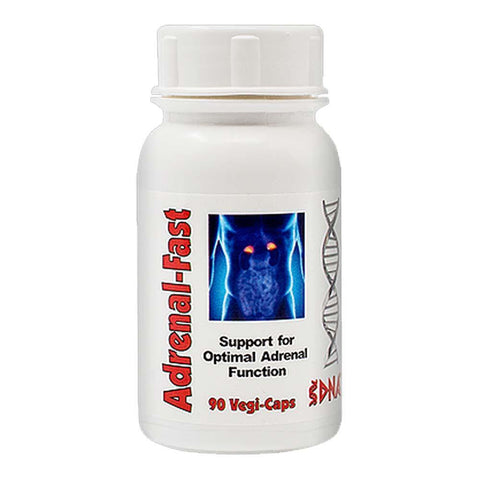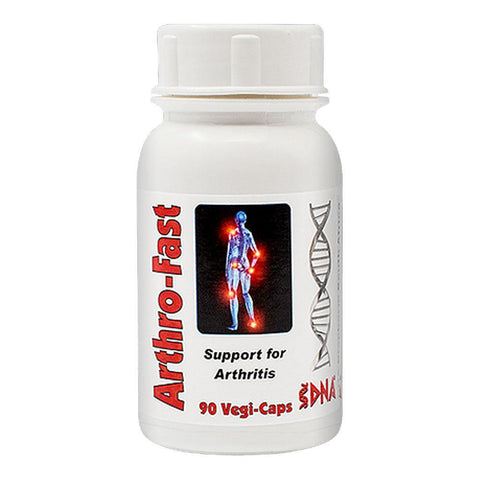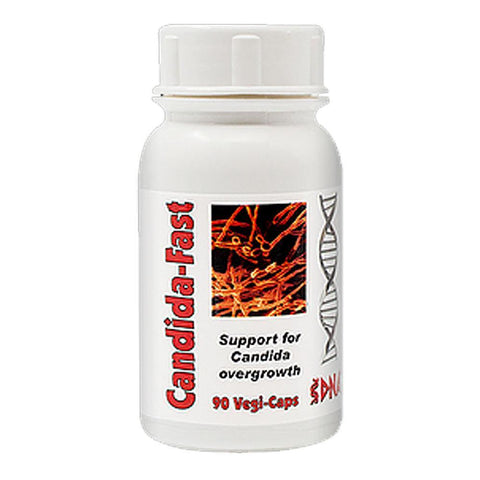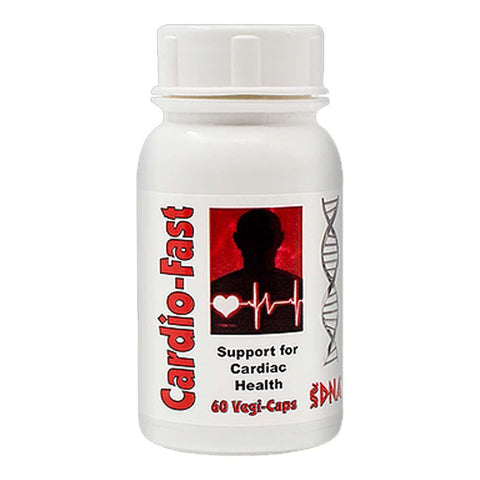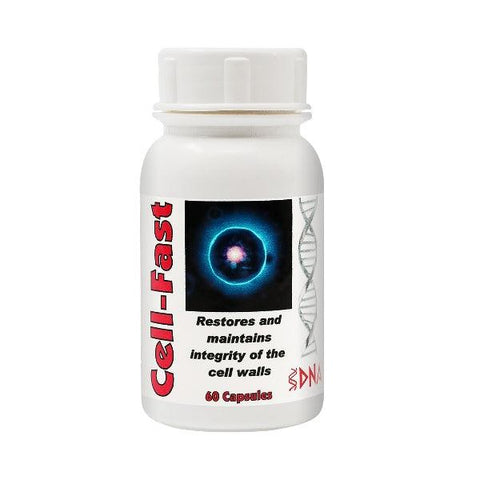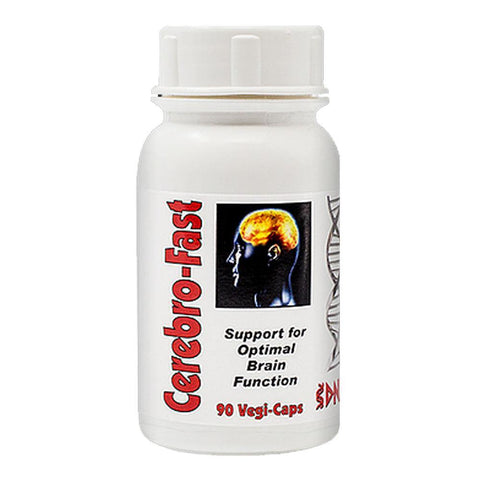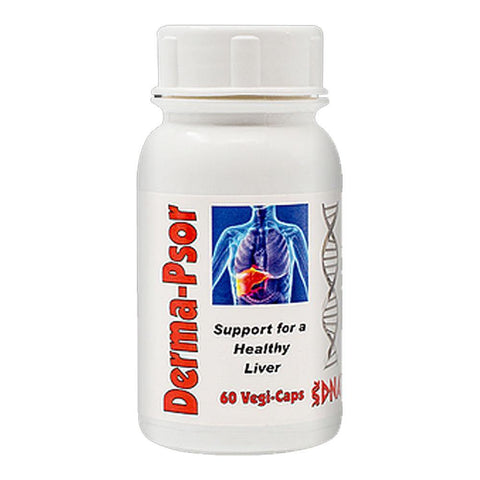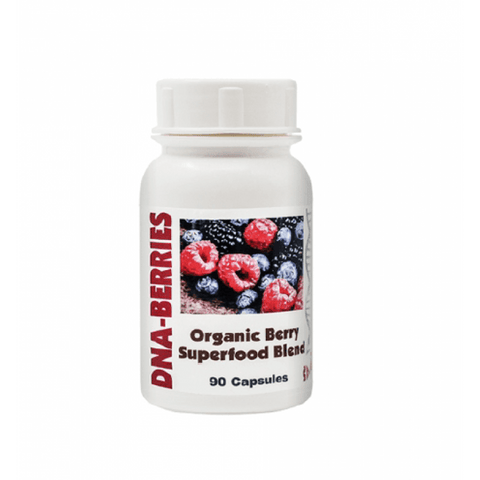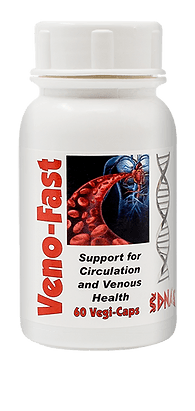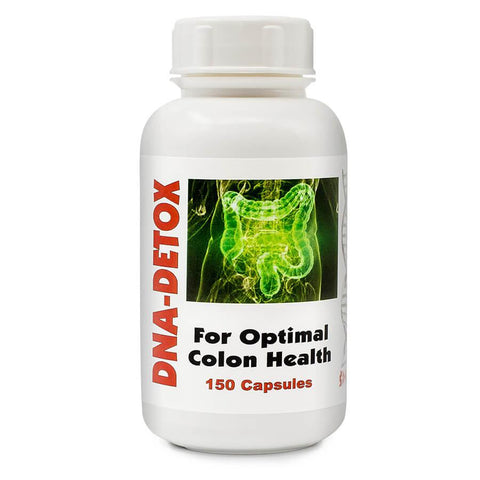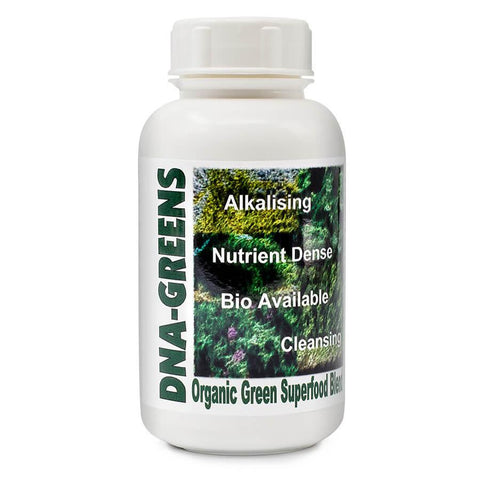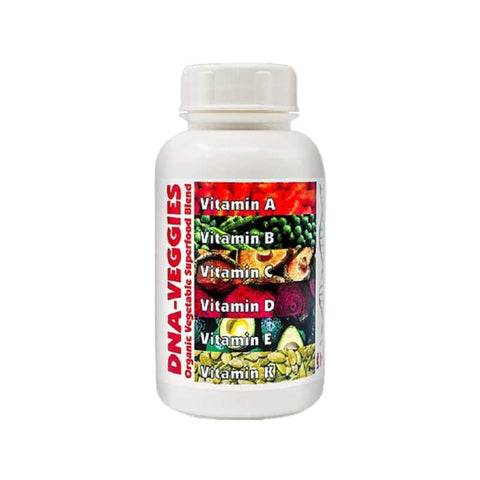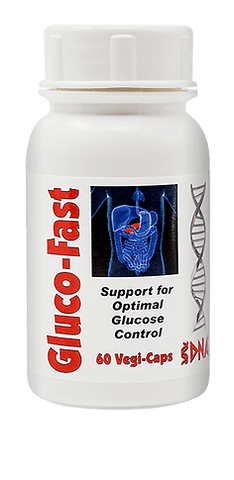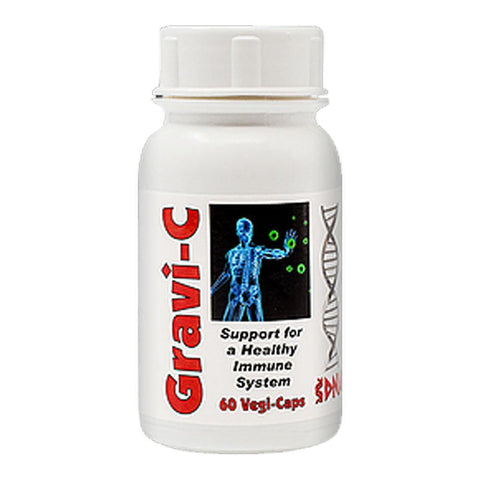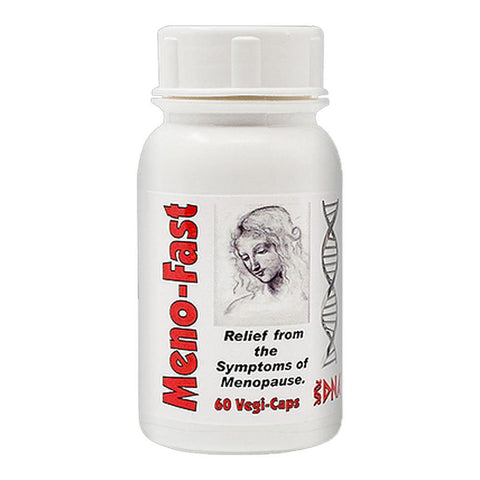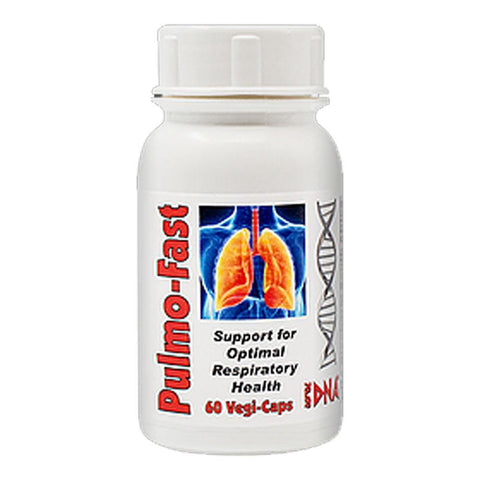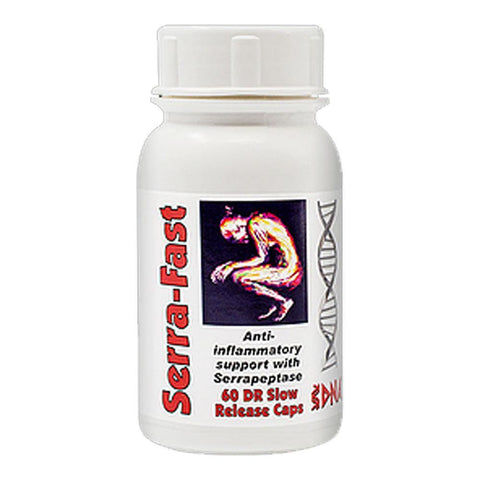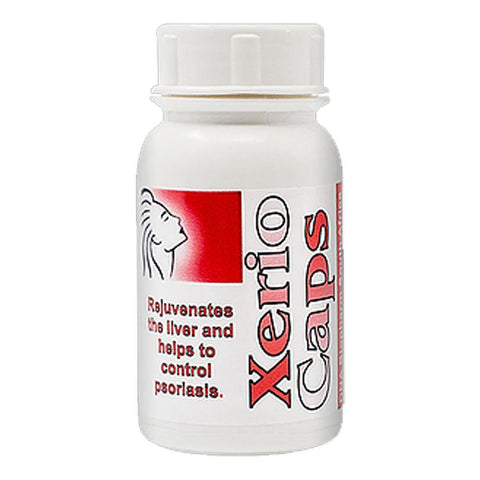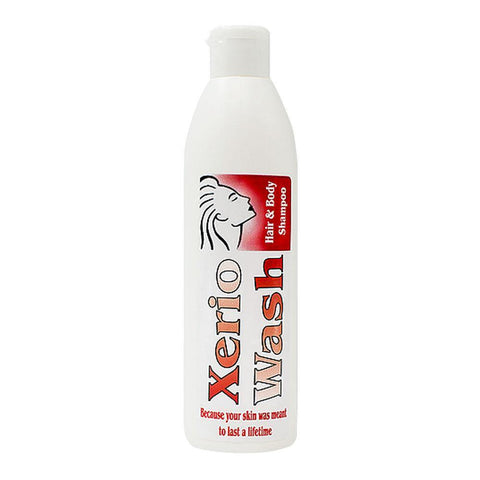Migra-Fast 60 capsules
DNA Biopharm SA
In Stock
A migraine is a type of headache that causes an intense throbbing sensation, usually in one area of the head. It may be accompanied by nausea, vomiting, and sensitivity to light or sound.
In general, migraine headaches are very painful and can interfere with your daily life. They may come on suddenly without warning or be prompted by certain known triggers. Migra-Fast Capsules from DNA Biopharm are formulated to relieve migraines as well as to lessen the frequency of these. Butterbur, one of the main ingredients, has been studied by neurologists worldwide and the evidence is promising.
Migra-Fast Capsules are formulated using the following selected herbs:
Butterbur
For hundreds of years, butterbur (Petasites hybridus) has been used against many diseases. Modern indications are the prophylaxis of migraine, tension headache, spasms of the urogenital tract, gastrointestinal tract and bile duct. Components in butterbur, inhibit the synthesis of leukotrienes and decrease the intracellular concentration of calcium which explains the anti-inflammatory and spasmolytic properties of extracts of butterbur. Thanks to extraction with supercritical CO 2 (carbon dioxide) the concentrations of the potentially hepatotoxic and carcinogenic pyrrolizidine alkaloids (PA’s) lie below the detection limits.
According to the first trial published by Lipton in 2004 and conducted in the USA and Germany with 245 migraine patients with and without aura, the participants found relief from migraine symptoms with butterbur. The participants were treated for 4 months twice daily with either a placebo or 50 mg or 75 mg commercial butterbur. Maximum response was achieved after 3 months resulting in an attack reduction of 58% with a 2×75 mg/day dosing. This was statistically significant compared to the placebo response of 28%. The percentage of patients responding to the therapy was 71% after treatment with butterbur. Two randomized, placebo-controlled migraine prevention trials with a total of 289 patients demonstrated the safety and efficacy of the butterbur root extract in adults, prompting an exploration of the prevention of migraine in children also.
Butterbur extracts possess analgesic, anti-inflammatory, anti-spasmodic, and vasodilatory properties. Standardized butterbur extract has been shown to be safe and effective for preventing migraines and was recommended by the American Academy of Neurology (AAN) and the American Headache Society (AHS).
Magnesium L-Threonate
Studies have found that people who have migraines tend to have lower levels of magnesium than people who don’t get headaches. Some scientists believe that magnesium blocks signals in the brain that lead to migraines with an aura, or changes in vision and other senses. Research also suggests that magnesium stops certain chemicals that cause pain. What’s more, a drop in magnesium levels also seems to cause blood vessels in the brain to narrow or constrict, which may also play a role in migraine.
A study in 2017 found that people who took magnesium supplements had migraines on 43% fewer days than others given the empty placebo pills. Several other studies found that magnesium users had fewer migraine attacks than nonusers. The American Academy of Neurology and the American Headache Society reached a similar conclusion that using magnesium for migraine prevention is beneficial.
Magnesium salts, such as oxide, malate, or citrate, are easily found over the counter and are relatively inexpensive. However, these salts are more beneficial for gut issues, such as constipation. They may not work as well for the brain. Magnesium L-threonate is the only magnesium shown in a study to cross the blood-brain barrier.
Feverfew Leaf
The Feverfew Leaf herb continues to undergo extensive scientific investigation of its parthenolide content, and how it normalizes the function of platelets in the blood system by inhibiting platelet aggregation, reducing serotonin release from platelets, and blocking the formation of pro-inflammatory mediators that can cause blood vessels to swell. 70% of the patients in these studies report fewer attacks of migraines and less painful attacks when they do occur. Researchers believe that feverfew prevents the spasms of blood vessels in the head that trigger migraines. This herb also relieves the inflammation associated with arthritis.
Seventeen migraine patients who already used feverfew daily as migraine prophylaxis enrolled in a controlled trial in which 8 patients continued to receive feverfew while 9 stopped taking their feverfew and received placebo treatment instead. Those who received a placebo had a significant increase in the frequency and severity of headaches (an average of 3.13 headaches every 6 months when taking a placebo vs. only 1.69 headaches every 6 months when taking feverfew), nausea, and vomiting, whereas there was no change in the group receiving feverfew. In a larger study of 72 patients, feverfew was associated with a 24% reduction in the mean number and severity of attacks.
CoQ10 from Arjuna Bark
Thirty-two patients diagnosed as having migraine with or without aura were treated with CoQ10 at a dose of 150 mg per day in a controlled experiment10. No adverse events were associated with CoQ10 therapy in any of the trial participants. As a result of the treatment, 61.3% of the patients treated had a greater than 50% reduction in the number of days with migraine headaches. Only two participants showed no improvement with CoQ10 therapy in their migraine headache intensity compared with baseline (ie when the trial started). The average number of days with migraine headaches during the baseline non-treatment phase was 7.34 and this decreased to 2.95 days by the end of the trial. The reduction in migraine frequency after 1 month of treatment was 13% and this improved to 55% by the end of 3 months of therapy. From this open-label (called “open” as participants were aware of whether they were taking CoQ10 or not) investigation, CoQ10 appears to be a good migraine preventive. The data presented in this trial suggest that CoQ10 starts to work within 4 weeks but usually takes 5 to 12 weeks to yield a significant reduction in days with migraine. An important finding from this study is that taking CoQ10 appears to be associated with no significant adverse events and is extremely well-tolerated. In another study11 migraine attack frequency after 4 months of treatment was reduced by at least 50% in 48% of patients as compared to 14% for placebo. CoQ10 supplementation may be particularly effective in the treatment of childhood migraine12.
Ginger
Few studies to date have proposed ginger derivates for migraine relief. A recent study evaluated the efficacy of ginger in the ablation of common migraine attacks in comparison to sumatriptan therapy. In this double-blinded randomized clinical trial, 100 patients who had acute migraine without aura were randomly allocated to receive either ginger powder or sumatriptan. Time of headache onset, its severity, time interval from headache beginning to taking drug and patient self-estimation about the response for five subsequent migraine attacks were recorded by patients. Patients' satisfaction with treatment efficacy and their willingness to continue it was also evaluated after 1 month following intervention. Two hours after using either drug, mean headaches severity decreased significantly. The efficacy of ginger powder and sumatriptan was similar. Clinical adverse effects of ginger powder were less than sumatriptan. The effectiveness of ginger powder in the treatment of common migraine attacks is statistically comparable to sumatriptan. Ginger also poses a better side effect profile than sumatriptan.
Milk Thistle
Milk Thistle is a well-known and studied herb that enhances liver function and stimulates regeneration of hepatic cells when mild to moderately damaged. Due to the liver’s role in detoxifying the blood, and the possible role of toxins in the blood stimulating inflammation and abnormal contraction of the blood vessels, milk thistle has been shown to reduce the number of migraine attacks in chronic sufferers, possibly pointing to a link between digestion, elimination and the inflammation in the blood vessels.
Milk thistle seeds contain a group of flavonolignans--which are believed to be the plant's active constituents, and as a group, are known as silymarin.
Research Evidence on Milk Thistle
Liver inflammation plays a central role in the symptoms of migraine. Finnish researchers conducted a double-blind, controlled study to understand the effect of milk thistle seed extract on liver inflammation. They measured levels of an enzyme released from inflamed liver cells in 97 patients. Subjects who received the milk thistle versus the placebo showed a statistically significant decrease in liver enzymes and fewer migraine attacks.
Overall, studies demonstrate that a standardized milk thistle extract protects the liver, including daily exposure to environmental pollutants, side effects of certain medications, chronic alcohol use, cirrhosis and fatty degeneration of the liver. This herb does not have any reported interactions with prescription medications. A study conducted on chronic migraine sufferers that saw an 80% improvement rate over 90 days included milk thistle extract as a key ingredient.



